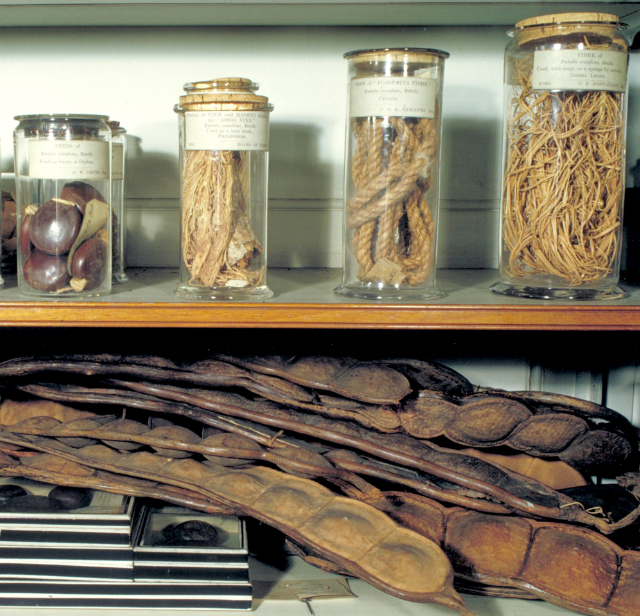Museum Number 1
Museum Number 1 at Kew is a true gem of a museum, and one that should be on the radar of any history or botany enthusiast. Located in the Royal Botanic Gardens at Kew, this museum is home to an incredible collection of botanical specimens and artefacts that tell the story of botanical exploration and discovery throughout the ages.
The museum's collection is vast and varied, with specimens and artefacts from all over the world. One of the highlights of the collection is the herbarium, which contains over 7 million dried plant specimens that have been collected over the centuries. These specimens are not only scientifically important, but they also serve as a visual record of the incredible diversity of plant life on Earth.
Another highlight of the museum is the library, which houses an impressive collection of books, journals, and manuscripts related to botany and botanical exploration. This includes many rare and valuable books, such as the earliest known printed book on botany, a 1483 edition of Leonhart Fuchs' "De Historia Stirpium". This library is a true treasure trove for researchers and historians, and it is open to the public for research and study.
The museum's collection of artefacts is also quite impressive. From ancient Egyptian plant-based medicines to 19th century botanical illustrations, the museum has something for everyone. One of the most fascinating artefacts on display is the "Kew Gardens Collecting Expedition Box". This wooden box contains all the equipment a 19th century botanist would need to collect and preserve plant specimens, including a microscope, pressing boards, and a variety of jars and bottles for storing specimens in alcohol.
Another must-see exhibit at the museum is the "Explorers Gallery". This gallery tells the story of the incredible journeys and discoveries made by botanical explorers throughout history. From the earliest plant collectors in ancient Egypt and Greece to the great explorers of the 19th and 20th centuries, this exhibit highlights the bravery, curiosity, and dedication of those who sought to understand and document the plant life of our planet.
The museum is also home to many interactive exhibits, which makes it a great place to visit with children. The "Plants and People" exhibit, for example, explores the many ways in which plants have been used by humans throughout history, from food and medicine to clothing and shelter. The "Seeds of Change" exhibit is another must-see for visitors of all ages. This exhibit explores the history of plant breeding and genetic modification, and offers a glimpse into the future of plant breeding and the role it will play in feeding a growing world population.
Finally, it's worth mentioning the beautiful setting of the museum. The Royal Botanic Gardens at Kew is one of the most beautiful gardens in the world, and the museum is situated in a lovely Victorian building that is itself worth a visit. The gardens are home to over 30,000 different plant species, and the museum is surrounded by beautiful landscaped gardens. The gardens are a perfect spot for a picnic or a stroll, and they offer a great opportunity to see some of the plants featured in the museum's collection in their natural habitat.

